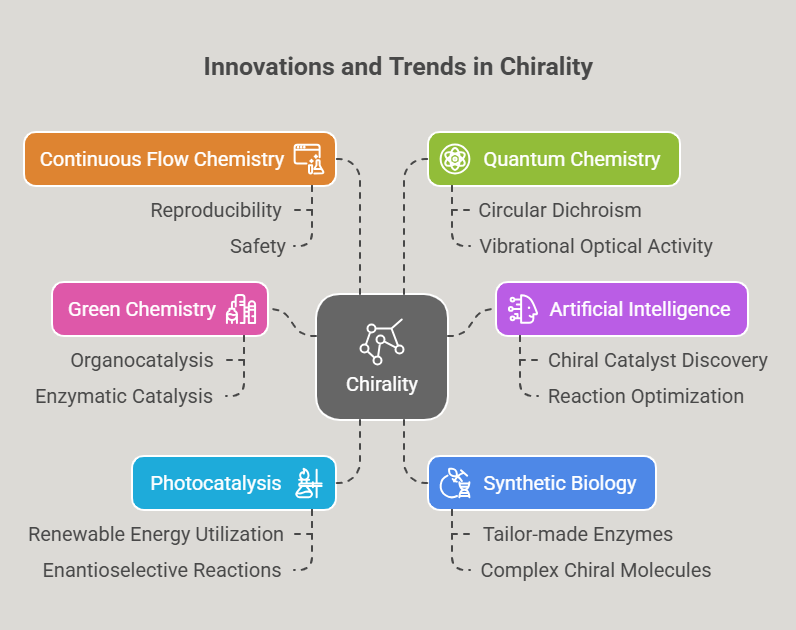Chiral Analysis: Mapping the Essentials
Chirality: it’s everywhere – shaping how molecules behave, how medicines work, and even how scents and flavors hit our senses. Prelude In fields like pharmaceuticals and environmental science, understanding chirality isn’t just important – it’s essential. Many biologically active compounds are chiral, and their mirror-image forms (enantiomers) can have dramatically different effects. One enantiomer (the eutomer) might deliver the desired therapeutic benefit, while the other (distomer) could cause unwanted side effects – or worse, toxic …









